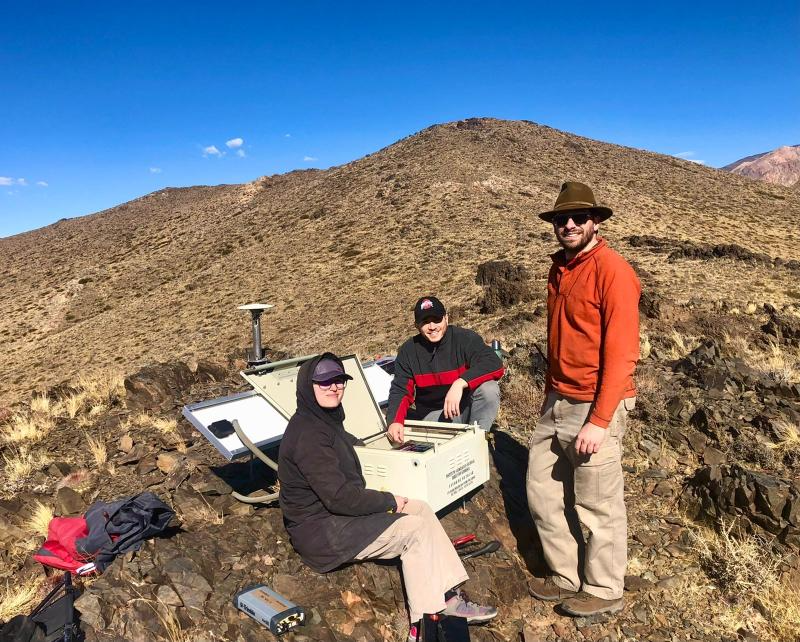Dr Gomez finds Patagonia Ice Fields Vulnerable to El Niño Events

School of Earth Science Prof Demián Gómez has demonstrated that Patagonia Ice Fields are vulnerable to El Niño events, with a paper out recently in Scientific Reports. From the Byrd Polar news story about this research:
Straddling the border of Chile and Argentina, the Patagonia Icefields (PIF) are the largest glaciers of the southern hemisphere outside of Antarctica, covering an area equivalent to about one tenth of Ohio. The PIF have been melting rapidly, losing an equivalent of Lake Eerie in water over the past 15 years due to increasing ocean and air temperatures. Being close to the southern Pacific Ocean, climate conditions at the PIF are very sensitive to the oscillations in ocean and wind conditions commonly referred to as El Niño, and it’s thought that long term warming has left the PIF more vulnerable to such oscillations, resulting in major ice loss events. This impact, however, isn’t well understood and is not included in prediction of future ice loss and rates of sea-level rise.
SES faculty Mike Bevis and Mike Durand contributed to the paper as well. More from the Byrd news story:
To measure the impact of El Niño on the PIF, Ohio State University School of Earth Sciences Assistant Professor and Byrd Center researcher Demián Gómezused a combination of Global Positioning System (GPS) and satellite data to isolate the ice loss at the PIF associated with a strong El Niño that started in 2015 from the longer-term trends. He and his team found that the PIF lost a total of 40 Gigatons of ice in about 6 months, equivalent to the volume of ~70,000 football stadiums, the largest observed ice loss event in the PIF to date.
Congratulations Professor Gómez!
